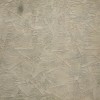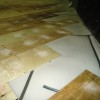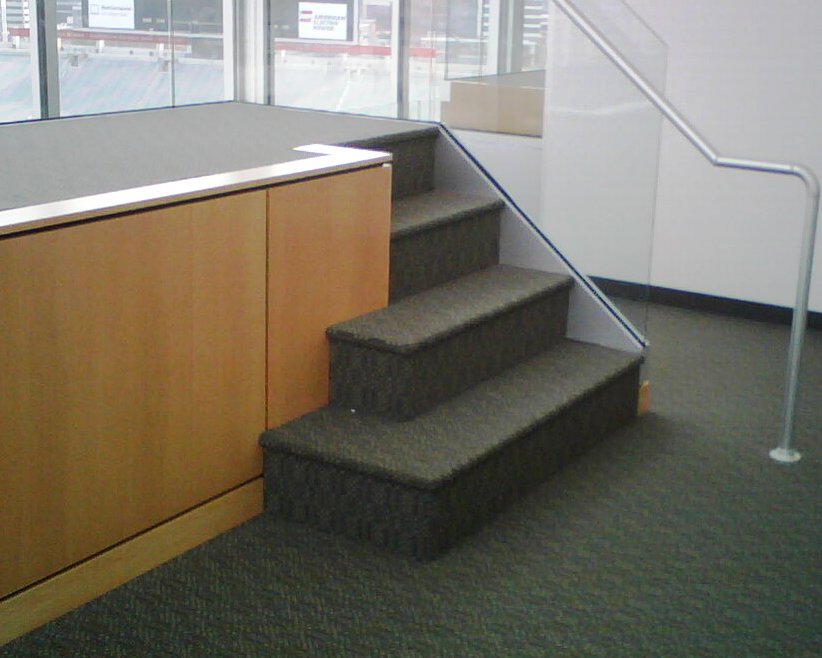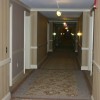Linear Metal Ceilings
Linear metal ceilings are panels hung from a suspension system in wall-to-wall or floating ceiling applications. Typically used in spaces where the design has greater importance than the efficiency of the lighting, linear metal ceilings are a type of suspended ceiling. Suspended ceilings have been used by architects and designers as part of the interior design for public spaces and commercial buildings for decades. The primary purpose of a secondary ceiling, such as a suspended ceiling, is to conceal the vast collection of building support systems which lie above, including the building structure and electrical and mechanical systems. Linear metal ceilings are a low maintenance finished ceiling option, and they have a high visual impact in interior or exterior spaces.






